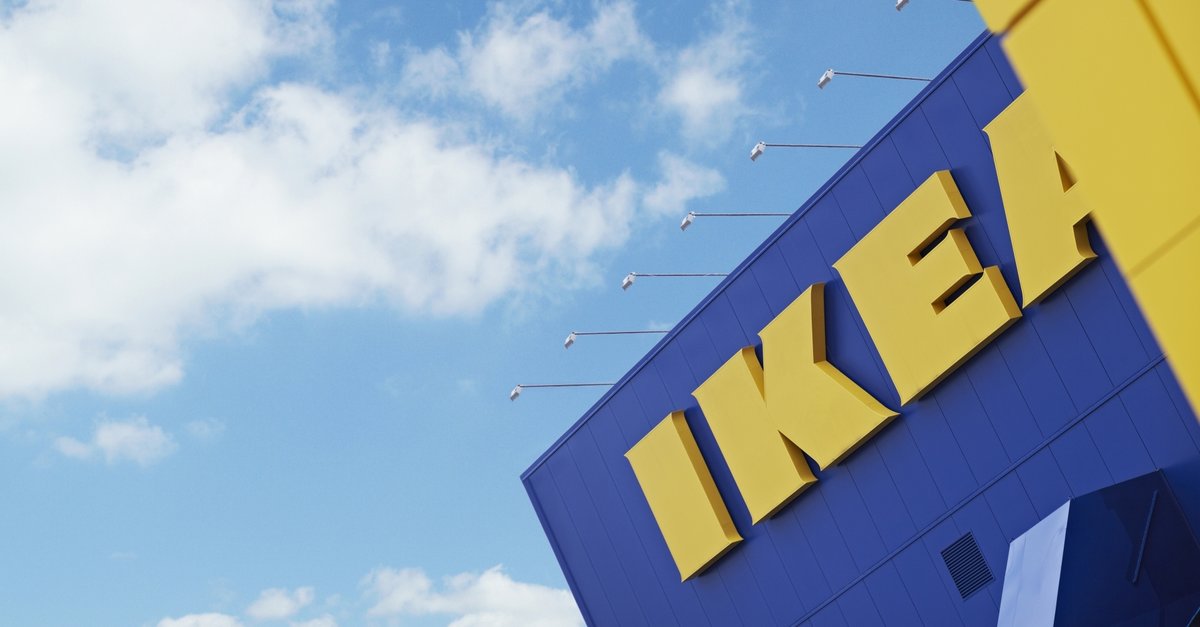Vodafone turns advertising pillars into 5G stations
Vodafone has found a clever solution to shorten the often tedious search for a location for 5G antennas. The company quickly converted the advertising pillars in Düsseldorf into 5G stations. A total of 50 billboards were connected to fiber optics and now provide people with fast 5G mobile communications from Vodafone.
Editor’s Recommendations
This move not only has the benefit of faster deployment of 5G services, but also saves time and resources in finding new locations for cellular base stations in inner-city areas. Although North Rhine-Westphalia changed the state building code in 2021 in order to shorten the approval process, the search for new locations on inner-city roofs is still extremely difficult.
The problem is now solved with the advertising pillars. The advertising pillars now not only fulfill their original function as a source of information, but also serve as modern nodes for future wireless communication.
In the next two years should be noisy Vodafone Another 100 columns will be added, which should also ensure improved network coverage and greater stability. NRW Building Minister Ina Scharrenbach, Lord Mayor Dr. Stephan Keller and all other project participants together to celebrate this important milestone in the transformation of the advertising pillars into 5G stations.
“Smart solution for more mobile communications in the city: The 5G advertising column brings more reception bars to the smartphone and makes Düsseldorf a pioneer in digitization. The cityscape-defining historical advertising medium provides fast mobile Internet with the mobile phone update. In Düsseldorf, the city of tomorrow is already becoming reality today. It is an example for other municipalities for improving inner-city mobile phone coverage. With the state government’s current draft law to change the state building code, we want to further accelerate mobile communications,” says Ina Scharrenbach, Minister for Homeland, Municipal Affairs, Building and Digitization of the state of North Rhine-Westphalia.
NRW Building Minister Ina Scharrenbach and Lord Mayor Dr. Stephan Keller met with Stephan Schneider, North Rhine-Westphalia country representative from Vodafone Germany. (Image: Vodafone)
Free-standing antennas in outdoor areas should be free of any building regulations, regardless of their height. Since there is only limited space for new antennas in the inner cities, an innovative solution was found with the 5G advertising columns. “After we were one of the first federal states to free the state building regulations from bureaucratic hurdles, we are also pioneers in North Rhine-Westphalia with this project,” said Scharrenbach.
The innovative integration of 5G antennas and cellular technology in advertising pillars has made it possible to fit three 5G antennas each, as well as all the necessary technology, which is mounted on large masts in conventional cellular sites, into the basilica-shaped roof and the concrete body of the to integrate advertising pillars.
This compact build allows for efficient use of limited space while still providing powerful 5G coverage. Compared to traditional cellular sites, setting up a 5G advertising column takes less than half the time.
The 5G antennas, which were installed in cooperation with Ericsson, provide each advertising column location with a radius of around 400 meters with fast network. On average, almost 6,000 connections with 5G-enabled smartphones are made per column every day.
In addition, around 200 gigabytes of data flow through Vodafone’s 5G network every week. Users benefit from fast speeds of up to 1,000 megabits per second and remarkably short response times of less than 10 milliseconds.
This is possible because Vodafone has equipped the 5G advertising columns with advanced 5G+ technology. The data transmission always remains within the reliable 5G infrastructure to ensure an optimal user experience.
“The nationwide coverage of broadband and 5G is a basic requirement for a successful business location. We will therefore continue to push ahead with the expansion,” said Düsseldorf Mayor Dr. Stephen Keller.



